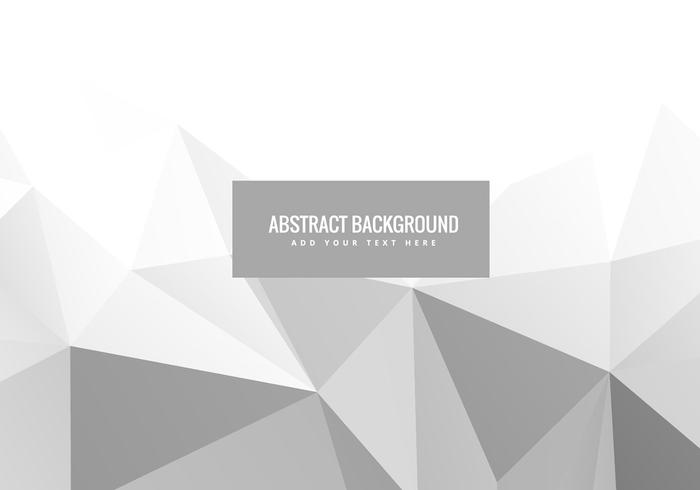Search the Community
Showing results for tags 'triangle'.
-
How to "lock" object's Transform Origin point to be available for snapping even after the object is not selected anymore ? I have YELLOW Equilateral Triangle and I want to extend the WHITE and RED triangles to the Transform Origin point of the YELLOW triangle (please see the picture). How can I do that ?
- 1 reply
-
- affinity designer
- transform origin
-
(and 2 more)
Tagged with:
-
Designer was used in the video and I’m pretty sure that the same workflow can be followed in all the Affinity applications but you will have to use the relevant menu choices for the Geometry operations instead of the Designer toolbar buttons. https://en.wikipedia.org/wiki/Reuleaux_triangle Here’s how you can create a Reuleaux Triangle, see attached image and video below. (Apologies for the non-technical imprecise language.) 1. Make sure you have Snapping ON (you may need to put more snapping options ON than you normally have). 2. Draw a line which will be the bottom two points of the triangle. 3. Draw a circle with CTRL+SHIFT from a centre at one end of the line so that the edge of the circle meets the other end of the line. 4. Draw another circle the same way but from the other end of the line. 5. Draw a line from where the two circles intersect at the top to one end of the line. 6. Use the Move Tool (with SHIFT pressed) to resize the new line so it crosses the circle completely. 7. Draw a new circle with a centre at the intersection of the two circles at the top until the side of the new circle snaps to the same horizontal position as the end of the new line. 8. Delete both of the lines. 9. Select two circles and use Geometry Intersect. 10. Select both remaining shapes and use Geometry Intersect again. The attached image shows some examples of using the corner tool on the shape and some effects (Martin’s “Golden boy”). 2020-03-03_12-45-53.mp4
-
You guys are saying that graphic designers will love the accuracy of the expand stroke feature when it can't even properly expand the stroke of a 45/45/90 triangle that's been rotated 45°. Is this a bug? Please fix this asap (and please add envelope distort and offset path as well). affinity_problem_lq.mp4
- 7 replies
-
- expand stroke
- inaccurate
- (and 8 more)
-
Hello Affinity Photo development team, I'm a newbie to your program, but have worked as a digital illustrator for several years. Affinity Photo is a really nice program - a nice alternative to Photoshop. It could be a great program for digital illustrators and painters... But it is missing a critical option for higher speed efficiency: a fast color picker option by pressing "Ctrl" or "Alt" This is present in Photoshop, Corel Painter, Krita, OpenCanvas, PaintStorm Studio, etc. It is very important to painters to be able to access the color picker quickly. When you hold down "Ctrl" or "Alt" and click on the color - it color picks it. Then when you let go of the "Ctrl" or "Alt" key, it goes back to the tool you were using before. When you have to switch between brush and color picker, this wastes twice the amount of time. An extra second or fraction of a second may not seem like a lot - but it adds up. A painting that would take 2 hours, takes 4 hours. A piece that would take 1 day, takes 2 days. 1 week turns into 2 weeks, etc. This would be a great addition to Affinity Photo - for all artists. One last idea... Is allowing the user to "fix" the color wheel triangle in a fixed position - instead of having it rotate all around pointing at the chosen color. Why? Because having lightness point up, darkness point down, and saturation point right - is far easier for the brain to process than having the triangle flip all around the wheel... it makes picking specific shades across different colors inconsistent.. harder to match the same saturation position on different colors... because it has changed position. It's easier for the brain to map out the color triangle when it's fixed in one position. White up - black down - and saturation to the right.. Would be far easier to remember for artists - who need consistency, and speed in color picking. Thank you immensely for viewing and considering these ideas!!
- 48 replies
-
- color picker
- color wheel
-
(and 8 more)
Tagged with:
-
Is there a way to draw triangles with a precise set of angles in Affinity Designer/Photo for iPad. For example, suppose I want a triangle with a top corner angle of 75°. How would I create that triangle to spec? Sorry if I’m overlooking something simple. Thanks in advance for the advice. I tried to research this basic point. So far I’ve come up with nothing.
-
Hi, I'm new with Vector drawing and rather new to AD. What I'm trying to achieve: (https://www.vecteezy.com/vector-art/95407-white-abstract-geometric-vector) What would be the best way to draw these triangles? Steps and Problems encountered when drawing triangles with the pen tool in Polygon mode: After each closed polygon a new curve layer is created, which makes it impossible to reuse a nodes and edges as part of another triangle To use a triangle that is created through creating surrounding triangles, a polygon has to be drawn explicitely where each node is on top of others To move nodes, all layers have to be selected and before moving a node I have to select join curves. This however is forgotten as soon as I select another layer I've also tried using the triangle tool, but this doesn't make it easier, as I'll have to move more nodes around afterwards. Maybe this is the way one has to deal with it, but I was hoping, someone could recommend a better workflow. Thanks in advance.
-
Please set triangle tool to equilateral triangle by default. Most of time I need a triangle is equilateral triangle.
-
The new triangular grid is really neat. It helps me make hexagonal assets for a game I'm working on. An obstacle I'm facing is that the grid spacing value corresponds to the hypotenuse of the triangle and not the base of the triangle. When using a whole number (actually any rational number) for the spacing (e.g. 32px), the base (i.e. x-coordinate spacing) works out as an irrational number (27.71281292px...). It's not possible to enter a spacing value that results in integer x-coordinate spacing since the coefficient between the base and hypotenuse is irrational (square-root of 3). As a result of this the triangular grid is never aligned with the pixel grid. Since the slice persona requires that slice coordinates and dimensions are all aligned with the pixel grid it's not possible to precisely slice shapes that are aligned with the triangular grid. There are a few possible fixes, any would work: * Allow the user to space the triangular grid using the base instead of the hypotenuse. * Allow non-integer values for the x and y coordinates in the slice persona. * Allow the user to enter expressions that result in irrational numbers in the spacing field [1]. I attached a screenshot showing the misaligned grids in a zoomed-in slice persona. [1] This is allowed presently, but the result is resolved to an insufficient precision. Even on a small canvas (500px by 500px) the accumulating difference means that the two grids become misaligned fairly quickly.
- 4 replies
-
- triangular
- grid
- (and 5 more)
-
Hi Folks, So heres one for you. Can you bend a shape, in my case a triangle? I have a series of triangle that need to have a slight bend in to give them that more fluid look. possible or not? and if so... how??? Cheers folks Mark
-
Hopefully this is easy - I don't mind being embarrassed at all :) I'm having a tough time figuring out how to equally round off the three corners of a triangle. I want to go way beyond what you can do in the stroke palette – I want them really round. I've tried everything I could think of (which isn't much, because I'm pretty new to this) and looked at the tutorials but can't seem to get it to happen. Any tips? Thanks in advance :) Robert
- 2 replies
-
- rounded corners
- triangle
-
(and 1 more)
Tagged with:
-
I know that a corner rounding feature that works on any kind of shape is already on the roadmap, but until then, does anyone know a quick and easy to make a rounded rectangle?
- 5 replies
-
- rounded
- rounded corners
-
(and 1 more)
Tagged with:
-
I know that a corner rounding feature that works on any kind of shape is already on the roadmap, but until then, does anyone know a quick and easy to make a rounded rectangle?
-
- rounded
- rounded corners
-
(and 1 more)
Tagged with:










